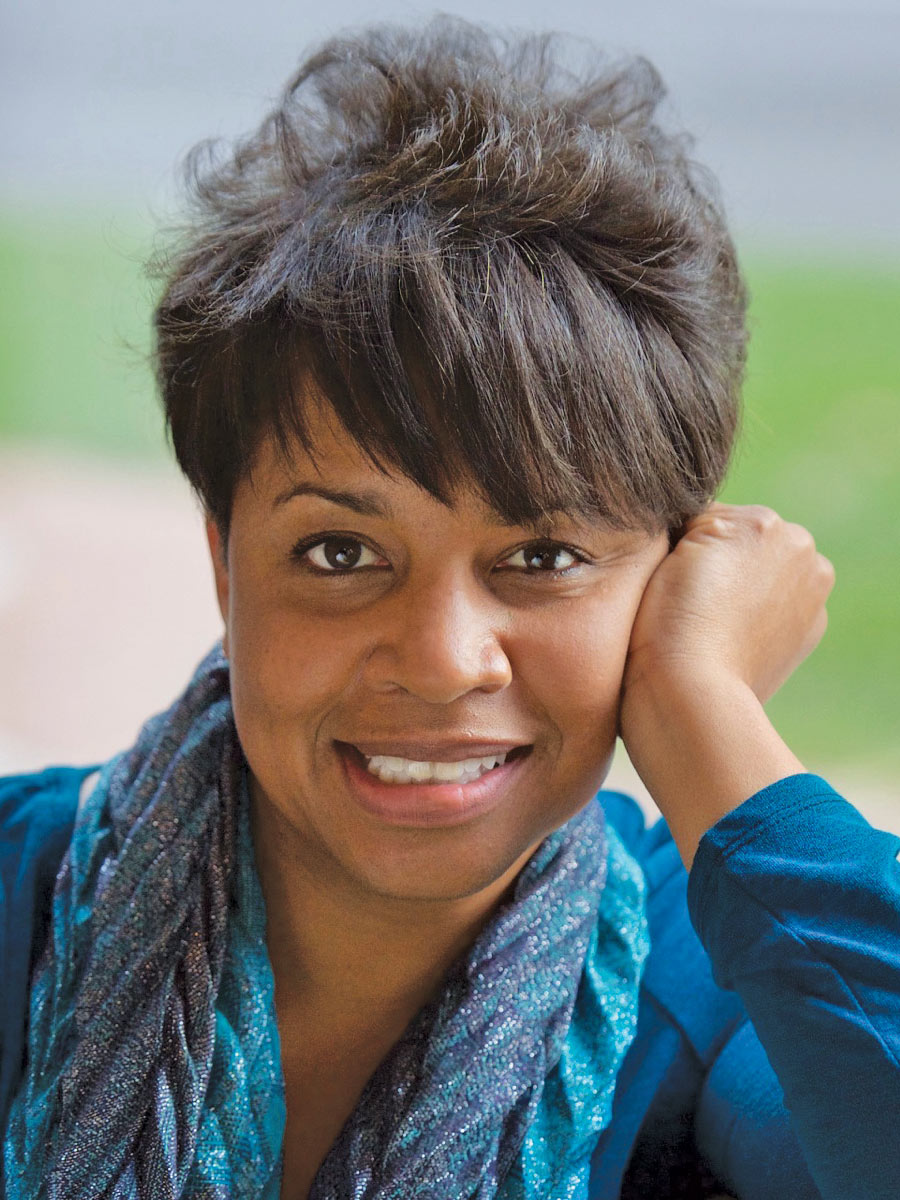was the bounce of her curls and the vibrancy of her maroon pantsuit, flowing with her familiar gait that caused a sigh of relief and a tear of nostalgia. Just two weeks earlier, conspiracists and insurrectionists came within a hair’s breadth of a coup against the American government and its people. So, that moment when former first lady Michelle Obama descended the stairs into the sunshine at the Capitol building with President Barack Obama, for the Inauguration of Joseph Biden in January, served as a booster shot against the cold, encroachment of nihilism.
While, obviously, Michelle Obama is one of the most recognizable women in the world, and one of the most well-liked and respected, highlighting her fashion and her carriage here is more about the secrets behind the chill, than hero worship.
“That’s what black women have always done,” said Koritha Mitchell, an assistant professor of English at the Ohio State University, author of the book From Slave Cabins to the White House: Homemade Citizenship in African American Culture.
What do you mean, “have always done,” you ask? Persist. Strive. Support. Show up.
Mitchell’s book calls for a different way to read and frame black culture: follow and trace black achievement and success rather than black protest. This perspective evidences a cycle of black achievement followed by a “whitelash” of disregard and aggression. Protest is a response to that aggression.
A prime example of this cycle is the one we lived through with the Obamas. The presence and visibility of a highly successful black family in the White House led to both discursive diminishment and an exponential increase in violent threats. Attacks on their validity as a black family because, as Mitchell notes, “domestic success is the most jealously guarded achievement in a nation committed to know-your-place aggression,” were especially vicious. For the Obamas, that aggression came in the form of everything from Donald Trump’s birtherism claims to the blatant disrespect of referring to Michelle Obama as a “baby mama.” The presidency of Trump, whose attractiveness to some voters included his nationalism and ethnocentrism, ended with the violent attempt to put things “back in place.”
So, back to the carriage and aplomb of Michelle Obama.
What makes people continue to strive in this cycle of perpetual division, and to show up in the face of this kind of cyclical opposition and threat? Principle.

Trust me. I’ve tried to ask Obama about her secret, a no-go for Message as of yet. We’ll keep trying. In the meantime, we know she, like us, wonders where the bottom is and how we manage in this freefall.
“What I won’t allow myself to do, though, is to become cynical,” Obama wrote in her 2018 top seller, Becoming. “In my most worried moments, I take a breath and remind myself of the dignity and decency I’ve seen in people throughout my life, the many obstacles that have already been overcome. . . . I continue, too, to keep myself connected to a force that’s larger and more potent than any one election, or leader, or news story—and that’s optimism. For me, this is a form of faith, an antidote to fear.”
So, here’s the thing: principle is the secret to the chill. That, and staying connected to Something, Someone, larger than the people, events and environment around us. Be clear, though; reaching out for counseling and therapy with culturally competent and racially affirming practitioners is important. It promotes our ability to ride out the increasingly dire divisiveness and know-your-place aggression which always lurk in the background.
But bigger than that is what the Bible writer suggests; that inner joy and endurance—the chill—comes as we are “looking to Jesus, the Author and Finisher of our faith . . .”